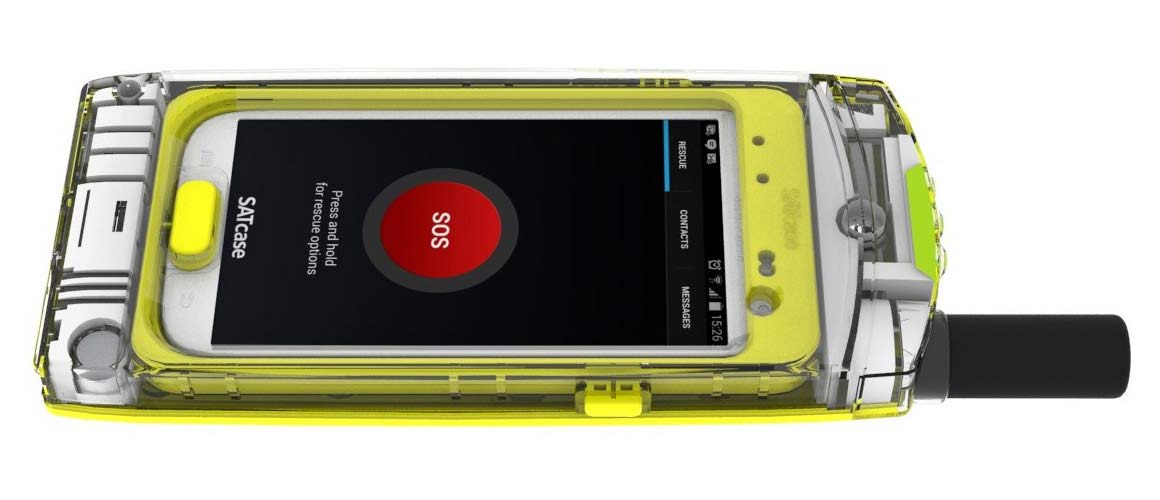Falcon Trophy
Malcolm Nicholls Ltd utilised 3D printing and 3D scanning technology to reproduce and 3D print trophies – 18 replica trophies to be exact! For an Abu Dhabi HSBC Championship-associated golf tournament.
Falcon Trophy
An exciting project that saw Malcolm Nicholls Ltd utilise 3D printing and 3D scanning technology to reproduce 18 3d Print trophies (replicas) for an Abu Dhabi HSBC Championship-associated golf tournament.
On the Abu Dhabi golfing circuit, the Falcon Trophy has long been synonymous with the Abu Dhabi HSBC Championship. The Pro-Am tournament serves as a supporting competition which precedes the main event. Event organisers wanted smaller versions of the Falcon Trophy to award winners of the curtain raiser tournament and briefed isodo3D about producing 18 quarter-size replicas, six for each of the next three tournaments.
Isodo3D worked along with Malcolm Nicholls Ltd when they found that the most cost-effective and non-compromising method was to print the falcon and golf ball and then hand turn the wooden plinths. A HP 3D Structured Light Scanner Pro S3 was used to scan the trophy and create the data required to print the trophy. Using our latest SLA technology a master model was printed.
3D Print Trophies – Case Study
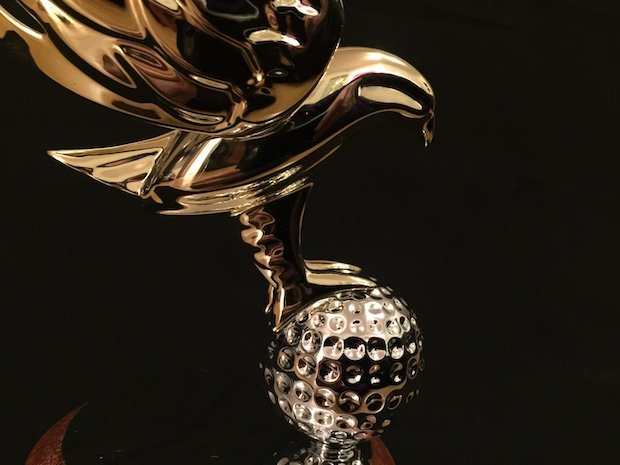
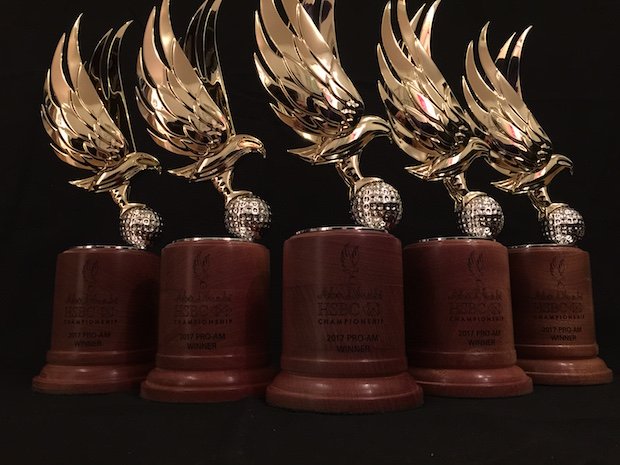
Why Use Low Volume Production / Low Volume Manufacturing?
With the growing demand for Low Volume Production also known as low volume manufacturing and small batch production Malcolm Nicholls Ltd can produce 1 – 1000’s of parts.
If you’re looking for a one-off bespoke top-quality part such as a trophy, or you require 1000’s customised parts such as widgets, we have the solutions to suit your needs.
It is an increasingly popular option as it allows for a smaller investment in tooling and materials while providing fast access to the market. It also acts to bridge the gap between initial prototypes and mass production.
Historically, manufacturing components in low quantities has always been a costly exercise. With the advent of 3D printing and vacuum casting many constraints previously faced can now be significantly reduced. Technologies such as SLS (Stereolithography) and FDM (Fused Deposition Modelling) can now be used (especially for non-seen parts), to produce components in quantities as low as 1s and 2s and up to thousands, but still with exceptional material properties such as flame retardancy and high-heat requirements. Traditional design constraints, usually associated with injection mould tooling for example, can now be ignored enabling designers to be more efficient and reduce part count within assemblies.
Looking to Produce Multiple Parts?
We can produce anything from one to thousands
Briggs Automotive
3D Printed Supercar parts
British Manufacturer Briggs Automotive Company (BAC) Approaches Malcolm Nicholls Ltd To Produce 3D Printed Parts for New Mono R Supercar
British manufacturer Briggs Automotive Company (BAC) approaches Malcolm Nicholls Ltd to produce 3d printed large rear wheel arches for the new Mono R supercar
BAC came to Malcolm Nicholls Ltd via a recommendation from DSM Malcolm Nicholls Ltd SLA supplier as BAC launched the next generation of the world-renowned Mono single-seater at the Goodwood Festival of Speed in July this year, showcasing a cutting-edge, more organic and lighter design.
BAC co-developed 3D printing applications that were utilised in the manufacturing of the Mono R. This 3D printing offered BAC more freedom to create sinuous, organic designs and achieve significant weight savings.
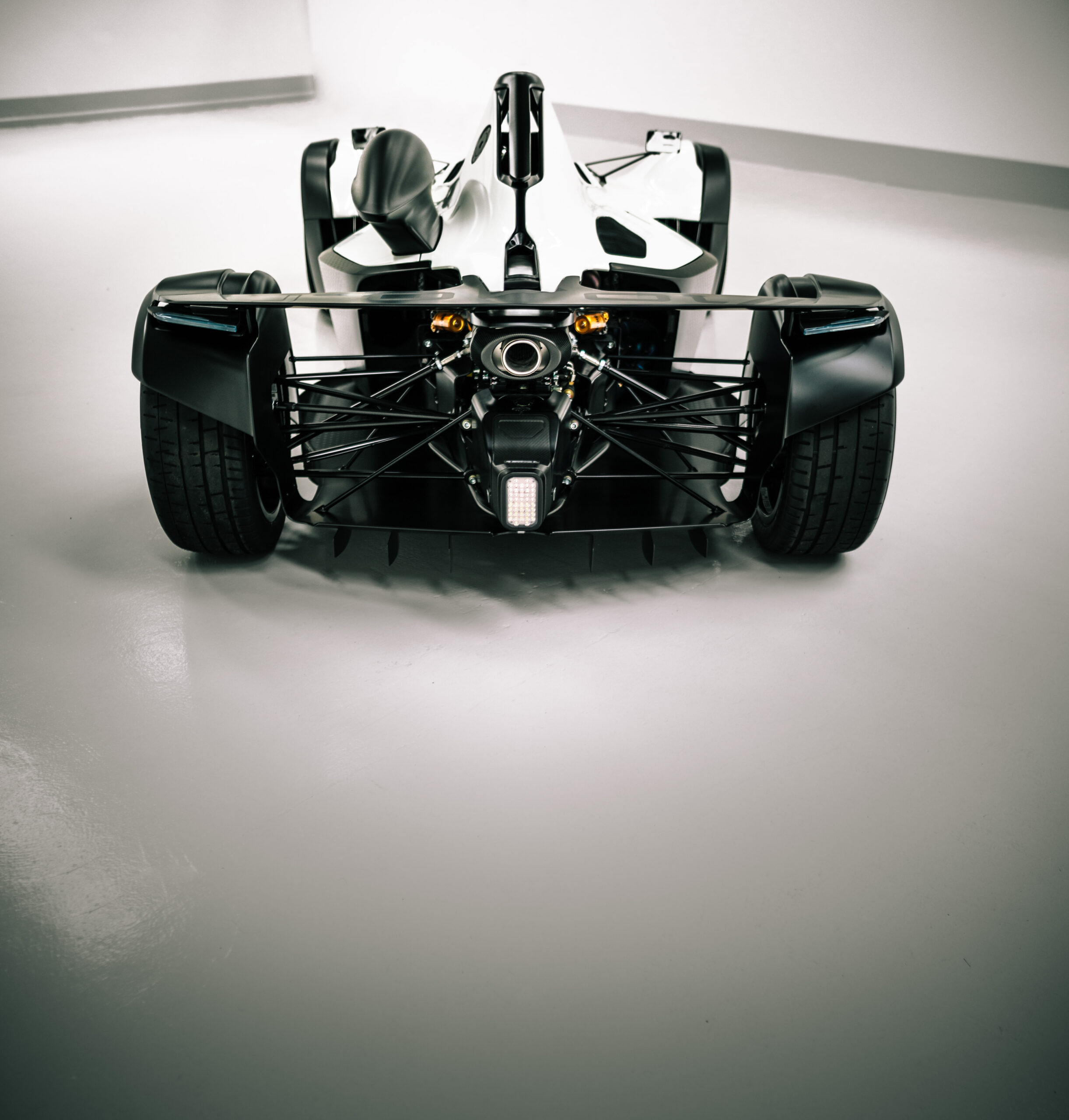
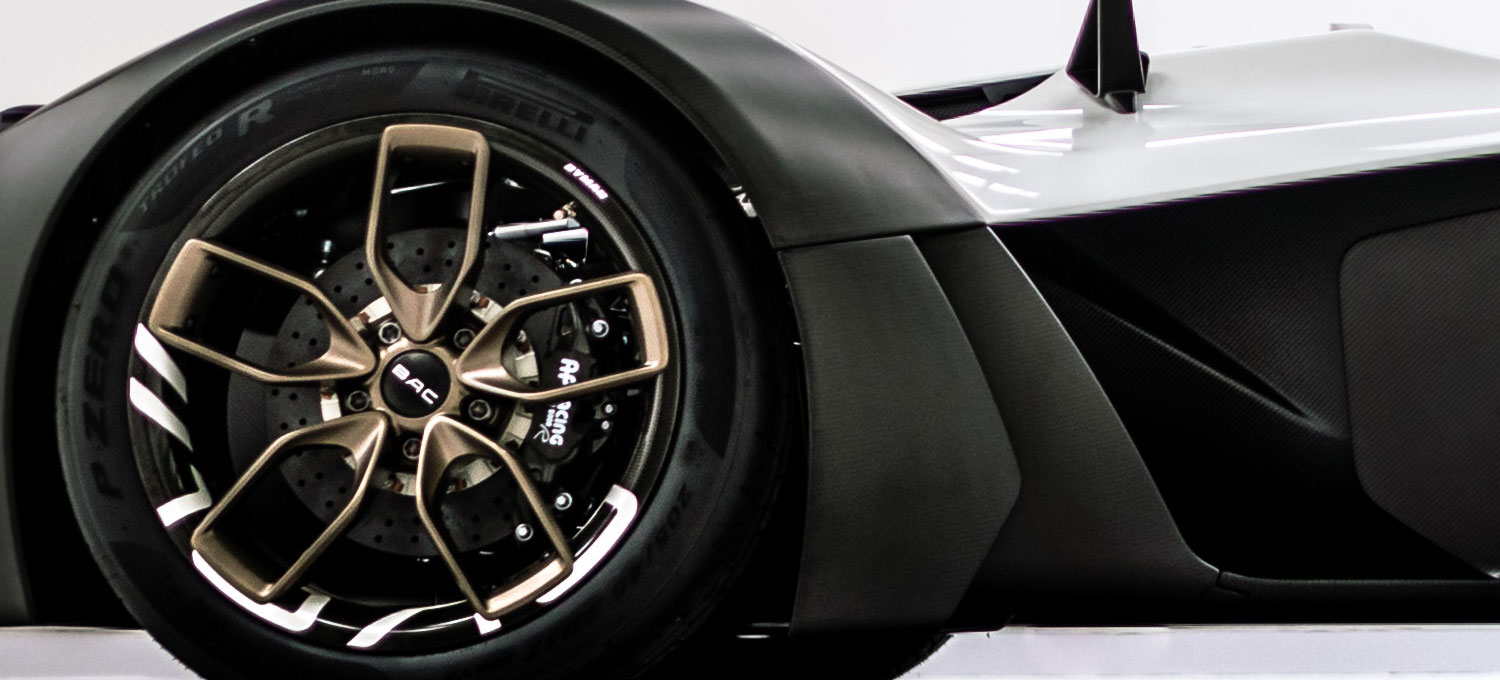
The Project – 3D Printed Supercar Parts
To develop the automotive prototype, BAC required many large 3D-printed parts for the Mono R launch and worked with MNL as we have one of the largest 3D printing stereolithography systems available, the RPS NEO800.
Utilising Our Neo800 Large Capacity SLA Machine
Using the NEO800’s 800 x 800 x 600mm platform and DSM’s Watershed resin, MNL successfully produced the 3d printed large rear wheel arches, each measuring at 915 x 330 x 550mm. The size of the NEO800 platform allowed MNL to produce each 3d printed wheel arch in one build without the need for cutting parts into smaller pieces. The smooth finish of each part produced on the NEO800 also meant no post-processing, therefore very little or greatly reduced finishing times for paint, resulting in speedy turnaround of parts for MNL.
The Outcome
BAC were so pleased with the work that MNL produced they decided not to use some of the parts they had made previously and use MNL’s parts instead as they felt the service delivery and finish was superior.
“We pride ourselves on being the ultimate pioneers at BAC, and joining forces with DSM, RPS and MNL meant we once again lead the way – this time in terms of additive manufacturing. Keeping the Mono R as light as possible was of paramount importance in its development, and by using 3D printing we not only keep the kilograms down, but also keep sustainability and safety on the up. Using additive manufacturing was crucial for keeping design-to- manufacture times down and allowing us to meet tight deadlines with ample creative freedom – while the quality of the finished result is testament to the work of the NEO800.”
“Without your services we wouldn’t of had this car ready to present at Goodwood Festival of Speed”
Looking to Produce a 3D printed scale model?
We can help



Triscan Fuel Pump Advertising Nozzle
Malcolm Nicholls Limited (MNL) loves a challenge. For this project a 3D printed Stereolithography (SLA) model was produced. These 3D printed models were given to MNL’s finishing department where the build lines were removed and worked until a smooth surface finish was achieved.
Theses printed parts were to be used as master patterns for MNL’s soft tooling (silicone tooling). Once tooling was completed MNL cast the end products in a highly durable material, also colour matched to the customers supplied pantone reference. Maximum castings from this tool for a rigid material were 20 castings.
The handle also had a clear window produced in the exact same way but the level of initial finish was a perfect high gloss due to needing a water clear casting. This window was to be used for advertising.
Interested in learning more about how we can help?
Got a project we could help with this minute?
Upload your files for quotation here...



Polar Watches Display Units
For most of the clear components, these were 3D printed using MNL’s Stereography (SLA) 3D print large frame machines. Once built each clear component was hand finished by MNL’s highly skilled models makers to a perfect high gloss. These were then used as patterns for MNL’s soft tooling to yield water clear castings.
Other processes used were Selective laser Sintered (SLS) masters in a PA Nylon, again hand finished to that perfect gloss.
It has been said that MNL prototypes look better than production parts as the component will have no evidence of mass manufacture. All of the processes used were durable so that they could be used in there correct environment, also letting the end customer see their vision come to life in a very short timeframe.
Graphics were applied to the finished prototypes to give it a more realistic look.
Interested in learning more about how we can help?
Got a project we could help with this minute?
Upload your files for quotation here...




Wrigleys Gum Display Cabinets
MNL were supplied with completed 3D files (in this instance a STL file), enabling MNL to 3D Print using Stereolithography (SLA).
Once initial printed components were built these were then given to MNL’s highly skilled model makers to give it that perfect glasslike finish.
Using these finished masters MNL was able to produce sets of silicone tools. Despite the complex nature of certain areas of the design of the component, the silicone tool was able to be cut and flexed open to enable the mouldings to be released where the complex undercuts existed.
Castings from these tools were produced in a water clear resin that emulates clear Perspex. Many sets were cast in only a matter of days, reducing that all important timeframe of concept through to market.
Interested in learning more about how we can help?
Got a project we could help with this minute?
Upload your files for quotation here...



SATCase Mobile Phone Converter
SATcase™ is a revolutionary device that transforms the common smartphone into a sophisticated satellite phone. SATcase approached Malcolm Nicholls Ltd to see if we could manufacture 20 sets of vacuum casting components.
After placing their smartphone into a durable, ruggedized case and installing the SATcase™ application, users can stay in touch with others no matter where they are in the world.
Throughout the development of the SATcase, the team of designers went through a typical new product development design cycle involving multiple iterations of the “3D printing/design review/implement changes” once the design had been frozen, we produced 20 sets of vacuum casted components from the 3D printed masters of the approved data. Malcolm Nicholls Limited (MNL) provided the “3D Assistance” by 3D printing the prove-out masters at the initial stage followed by the finishing required to produce 3d printed water-clear parts. This high level of finish was carried out by some of the most experienced members of the finishing team to provide the high gloss surfaces necessary. The high gloss surfaces ensure that the clear castings produced from the masters at the silicon tooling stage are optically clear similar to the final production mouldings.
The team in MNL’s vacuum casting department produced 20 sets of tightly tolerance components all fitting together into a pre-checked assembly, ready for trials using smartphones from various brands.
